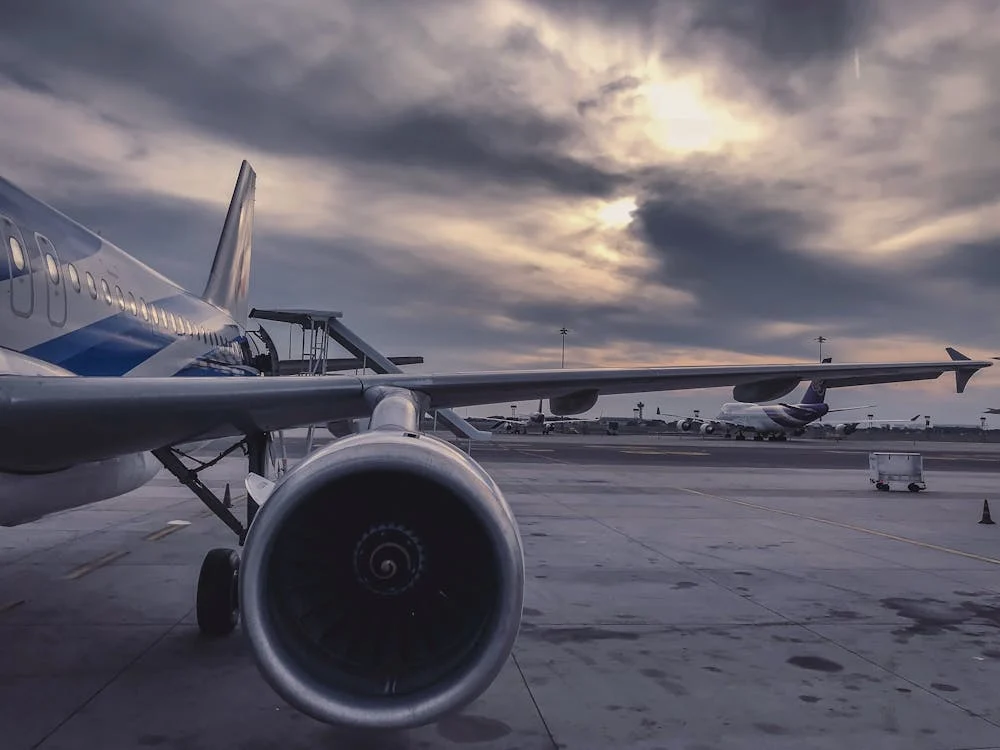The aviation industry is always pushing the boundaries of engineering and technology to improve aircraft performance. Achieving optimal efficiency is just one advantage of this search; another is ensuring sustainability and safety. Understanding and using cutting-edge technologies can help to maximize safety, increase fuel economy, and extend operating life through performance enhancements. This article investigates three major techniques to increase aircraft performance, clarifying unique concepts for improving aviation.
1. Optimizing Aerodynamics for Reduced Drag
Aerodynamics plays an essential role in determining an aircraft’s performance. One of the most successful techniques to boosting performance is to reduce drag through aerodynamic design improvements. Engineers carefully shape airplane components to reduce resistance to wind during flight, hence maximizing their form. Adding winglets is a common method for reducing induced drag, particularly during cruise. Apart from boosting fuel efficiency, these vertical extensions at the wingtips contribute to more stable flight circumstances.
Maintaining the aircraft’s surface condition is also very critical. Uneven surfaces caused by dirt, ice, and other debris can increase drag and reduce overall efficiency. Frequent cleaning and deicing operations ensure that the aircraft maintains its optimal aerodynamic profile. Another prominent breakthrough is laminar flow technology, which improves wing surfaces to maintain uninterrupted airflow over the wings. These innovations ensure that drag is decreased, allowing the aircraft to achieve greater fuel economy and range qualities, which are very necessary for both commercial and military flying.
2. Enhancing Engine Efficiency for Optimal Power Output
The performance of an airplane is largely determined by the efficiency of its engines. Engine optimization focuses on increasing power production while ensuring that fuel consumption and emissions are kept to a minimum. Modern aviation engines are built with precision engineering and use advanced materials such as composites and alloys. These materials can withstand harsh environments without losing performance. In order to improve engine efficiency, it is necessary to undertake regular maintenance and use advanced diagnostic tools to identify any inefficiencies at an early stage.
Among the many devices required to provide accurate tension measurement in various aircraft parts, including engine components, the tensiometer is highly important. Precision in these domains is required to maintain structural integrity and minimize wear, both of which can degrade performance over time. Aircraft operators maintain the optimal calibration of important systems by investing in a tensiometer, which is commonly obtained from trusted internet suppliers. Manufacturers are also adopting modern technology, such as improved combustion systems that boost thrust while minimizing noise and environmental consequences, and turbofan engines with greater bypass ratios. Engine updates are timely, and aircraft are constantly monitored to ensure that they operate exceptionally while adhering to global environmental standards.
3. Reducing Weight Without Compromising Structural Integrity
Weight reduction is another key factor in improving aircraft performance. Every kilogram added to an airplane affects its fuel consumption, range, and overall efficiency. The aviation industry has made significant contributions to the development of lightweight materials that retain aircraft structural integrity. For example, carbon fiber composites are now widely used in the construction of airframes, wings, and fuselages. These materials are ideal for usage in high-performance aircraft due to their lightweight nature as well as their exceptional strength-to-weight ratios.
Changes to the design are also important when it comes to reducing weight. Engineers use advanced computer-aided design (CAD) tools to investigate and improve airplane components. This helps to reduce needless weight while keeping the airplane safe and functioning. Using modular components makes maintenance and replacements easier, which decreases the weight even more. The use of fuel-efficient engines with smaller gasoline tanks also helps to reduce the total weight of the vehicle. By carefully balancing weight with structural integrity, airplanes can achieve better fuel efficiency, handling, and overall performance.
Conclusion
Aerodynamics, engine efficiency, and weight optimization are all important considerations when improving aircraft performance. The aviation industry is making incredible progress by focusing on reducing drag through improved aerodynamic designs, increasing engine efficiency with cutting-edge technology and instruments, and reducing weight with innovative materials and designs. These measures not only improve operational effectiveness, but also align with passenger safety and environmental objectives. As technology advances, there are practically limitless options to improve aircraft performance, paving the way for a more innovative and efficient future in aviation.
Also read: A Tale of Clinic Wear
